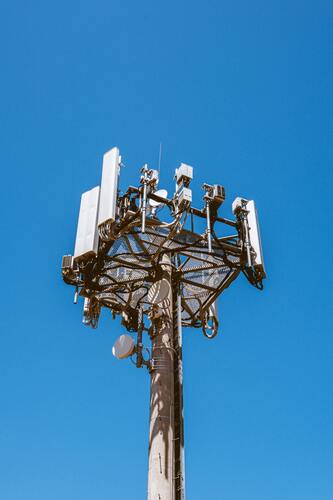The global pandemic may have slowed down some industries, but 5G rollouts are continuing across the globe and the acceleration of digital transformation initiatives makes a 5G future seem in touching distance, says Matt Percival, senior director service provider, Gigamon
According to research by GSMA, mobile network operators are forecasted to spend around 80% of sector capex on 5G networks over the coming five years, meaning 45% of the global population will have 5G coverage by 2026. With this projection comes the promise of faster and more reliable connection, and while the intelligent, connected city has been a fantasy of science fiction writers and city planners for many years, the arrival of 5G technology is turning this into a reality. However, to ensure the success of a fully integrated urban environment, complete network visibility must become a key consideration.
The service provider challenge
One of the key characteristics of 5G is the ability to connect vast numbers of devices to each cell in the network. Each device, however, is going to have exceedingly different requirements, from autonomous vehicles to intelligent street lighting, smart meters to drones.

While 5G has been created with the intent to support massive machine-to-machine connections, the traditional network monitoring and optimisation capabilities of a Service Provider will have to change dramatically. Where previously network performance could be comfortably maintained with minute-by-minute monitoring, for some of the imagined 5G applications this speed is simply not going to be satisfactory. An automated drone delivering pharmaceuticals will demand millisecond-by-millisecond monitoring of the network performance, whereas sensors connected to subterranean water pipes checking for leaks won’t require anything like that same level of monitoring.
The challenge for any Communication Service Provider (CSP) is how to know what type of device is connected to their network, and then matching the needs of the application with performance. The surge in volume of information running across the network, on top of the proliferation in devices, will almost certainly mean that existing infrastructure will be unable to scale accordingly and simply adding more tools will be an expensive solution in both Opex and Capex terms.
5G visibility
There is already a wide array of information available to CSPs about the different devices attached to their network, from simple subscriber IDs or IMSI numbers, to network slice selection assistance information (NSSAI). By putting the network monitoring and optimisation focus on establishing a subscriber aware approach, it becomes possible to ensure that all traffic is handled with the appropriate level of network performance.
The key for successful 5G rollouts and the enablement of smart, connected cities is prioritising full visibility of the various data packets generated by different devices and ensuring that there is enough intelligence within the control plane to handle this data appropriately. One approach is to establish a monitoring policy within the network visibility fabric which will intelligently deliver the different subscriber traffic to specific tools according to identified subscriber specific attributes.
The advantage of this approach to network monitoring is that the CSP can optimise its existing tool infrastructure investments by only forwarding the relevant data to the tool, while increasing visibility into subscriber traffic means an improvement in quality of experience, performance and security. Being able to see deeper into the traffic that is running over a CSP’s network means the massive amount of data being handled can be used to gain new insights into network performance, possible new services and increase personalisation within the user experience.

Subscriber aware visibility is going to be at the heart of how the raft of new services, applications and capabilities that underpin our new hyper-connected world will function. Smart traffic lights will be speaking to autonomous cars to ensure the smooth flow of people around the city; traffic jams will become a distant memory.
A truly integrated urban transport system will also have dynamic management of buses and trains to optimise connection times for travellers. All of these possibilities can only be realised if the network performance is at its optimum for each of the different applications and that requires new thinking in regards to acceptable network monitoring and performance standards.
In our brave new world of intelligent vehicles and HD video, remote surgery and drone enhanced emergency services, what was previously done in minutes will now need to be done in milliseconds. 5G rollouts around the world promise a number of exciting progressions for various industries, yet without full visibility becoming a priority, customer experience will suffer and CSPs are unlikely to see the financial benefits of this sophisticated technology.
The author is Matt Percival, senior director service provider, Gigamon.
Comment on this article below or via Twitter: @IoTNow_OR @jcIoTnow










